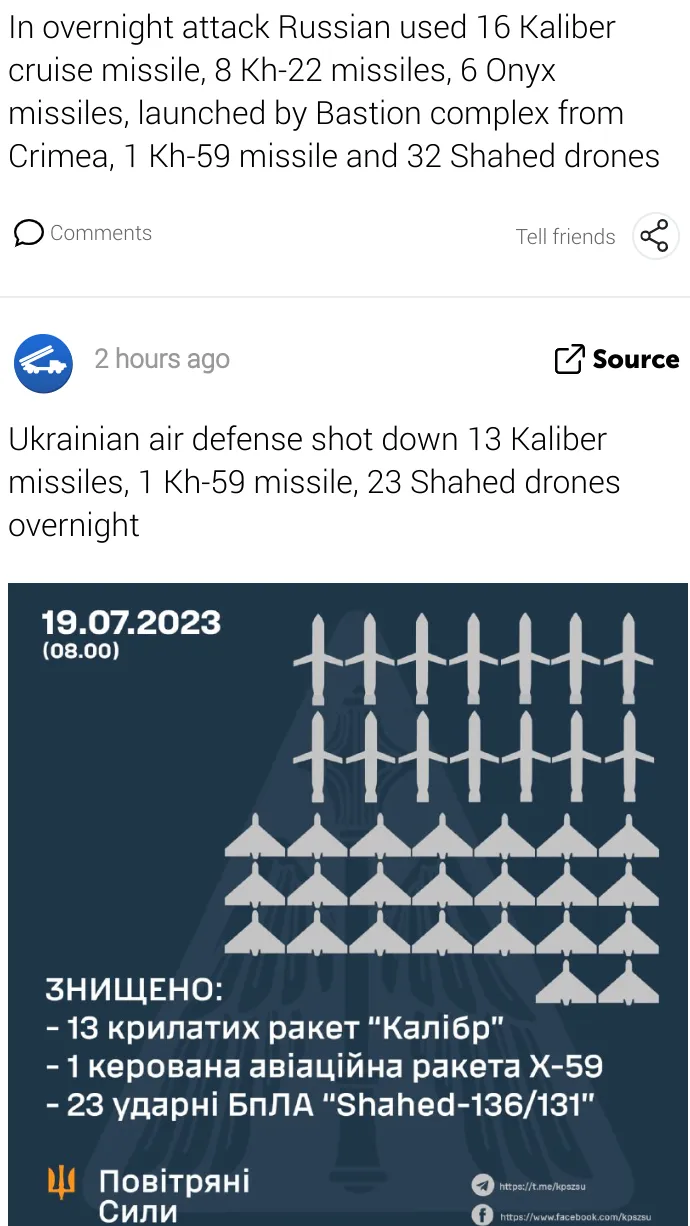OSINT Tools: Exploring LiveUAMap
The first in our multi part series exploring the best Open Source Tools for analysts.
We’ve discussed the needs of reliable open source intelligence sources in previous articles. Today we’ll be launching our multi part series OSINT tools, which will focus on some of the best, in browser tools available for open source investigators. We’re going to start by looking at the Live Universal Awareness Map, or LiveUAMap. Lets get to it.
What is it?
Liveuamap is an internet service that provides real-time information on ongoing conflicts around the world. The service was developed by Ukrainian software engineers Rodion Rozhkovskiy and Oleksandr Bilchenko and has been used to track armed conflicts such as the Syrian civil war, the Yemeni Civil War and the current Russian Invasion of Ukraine.
LiveUAmap is valuable information source, as it provides open online access to a complete chronological archive of its site information, enabling viewers to research past events and historical trends
The platform uses opendata-driven media to deliver the latest news, pictures, and videos from conflict zones around the world. While it came to recognition for its accurate conflict information, the searchable data streams provide far more than conflict information.
Information Sources
Liveuamap provides users with a variety of search capabilities to help them find the information they need. Users can search for specific types of events, such as protests, bombings, or military operations, and filter results by location, date, and severity. It also provides real-time updates on conflicts and incidents around the world, allowing users to stay up-to-date on the latest developments.
LiveUAmap sorts and provides more than just conflict information
As mentioned earlier, LiveUAmap allows users to view a complete chronological archive of its site information, enabling them to research past events and historical trends. The platform provides open online access to its data, making it a valuable resource for researchers, journalists, and analysts. By providing these search capabilities, LiveUAmap makes it easy to find and analyze the information needed for OSINT gathering and more importantly, provides a centralized place where such information is available to historical investigators.
Other Benefits:
While you are able to simply use the map within your browser with no other configuration, regular users may find it more useful to sign up for a free account. While there is a paid “Pro” version that removes advertising and provides further customization, the standard free membership provides enough benefit to justify the sign up. This includes API access, allowing command line fans like yours truly to request data via the terminal.
If you’re a mobile user or would prefer to receive updates to your handset then there’s a setup for you to, with LiveUAMap providing mobile apps for both Android and iOS handsets. However in our opinion, the browser is the best bet for accessing information as the user interface seems to work best when it has some extra screen real estate. The Android version of the mobile apps also has reports of being somewhat buggy to access.
Apps are available on both iOS and Android. Source: Author
Accuracy:
While it’s been around and in our toolkit for a while and we’d consider it reasonably reliable the usual caveats with information sources apply. Namely, that as diligent investigators, we should understand the importance of cross-checking information, even when relying on a single source of open source intelligence (OSINT). While a continuously reliable source can provide valuable insights, it is essential to maintain an open mindset and consider all possibilities when analyzing the presented information. Determining the credibility of data sources is a crucial part of this process.
It is important to verify the reliability and authenticity of the information by consulting multiple sources and comparing the findings. This approach helps mitigate the risk of relying on potentially biased or inaccurate information. By understanding these techniques, investigators can ensure the accuracy and integrity of their analysis, leading to more informed and reliable conclusions.
🌟 Enjoyed this article? Support our work and join the community! 🌟
💙 Support me on Ko-fi: Investigator515
📢 Join our Telegram channel for exclusive updates or.
🐦 Follow us on Twitter
🔗 Articles we think you’ll like:
OSINT Unleashed: 5 Essential Tools for Cyber Investigators
What the Tech?! GPS Technology
✉️ Want more content like this? Sign up for email updates here







Comments
Post a Comment